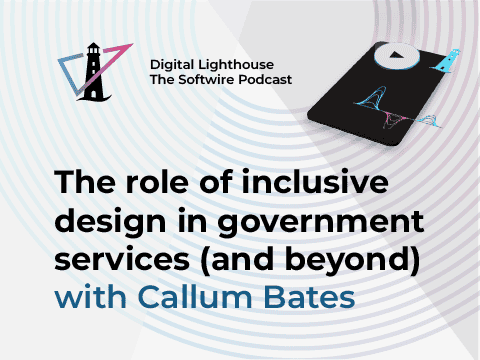
I’ve written a lot about the culture at Softwire and how we have a flexible and employee-led environment. This means that rather than having a fixed culture that has gradually dated over twenty years, we have evolved and expanded what we are concerned with over time.
The focus on employees’ views
When Softwire started at the beginning of 2000, our approach of engaging employees and giving them an equal voice was part of a wave of new companies who felt they could do business in a better way.
Over the last 20 years, this has become more common across the industry, while awareness of other issues workplaces and communities need to think about has gradually increased.
Tackling the climate emergency
The most recent for us is a growing awareness of the climate crisis. The large majority of our employees are millennials, and we have an increasing base of people for whom this is the most pressing issue of our time.
We’ve done a lot of work, led by our environment officer Benjamin Dobson, on making our operations greener. Benjamin will be sharing some of our initiatives and lessons learned in a future blog.
Beyond our own business
We’re not alone in these aims at Softwire: a lot of young, vibrant technology companies are similarly concerned. The good news is that the tech culture and ecosystem is well set up to help address this crisis.
Back in May, Chris Harris looked into how to use big data to improve sustainability. As our technological sophistication grows and we improve tools that enable us to find new insights within the pools of data we hold, we’ll be better-equipped to make the changes we need to.
I also looked at some other ways technology is proving to be a critical enabler of cutting-edge green initiatives, in a recent blog for techUK.
In this regard, technology has the potential to be good for the environment.
Choose your cloud carefully
However, it’s not all good news. Technology may hold the key to solving our issues, but certain aspects of it are also contributing significantly to the issues themselves.
Estimates of world’s data centres’ greenhouse gas emissions vary, but the total is often cited as being on a par with aviation – a sobering thought.
Part of the answer here is to choose data centre providers who use renewable energy, which is where those of us building digital services can have a direct impact.
A white paper released in late 2018 by Anne Currie and Paul Johnston assesses the green credentials of the major cloud providers, giving each a score. The authors acknowledge the difficulty of getting detailed data on where exactly some cloud providers’ electricity comes from, and note that their rankings may change if new information comes to light. But at the time of writing this blog, they put Google Cloud on top of the pile, followed by Microsoft Azure.
More innovation, please
It can sometimes feel contradictory for those of us in the most rapidly changing part of society to be advocating repair of the damage we’re doing. But I firmly believe that more tech innovation is the right way to help tackle this global crisis, so long as we’re mindful and corrective of the impact we’re already having.


